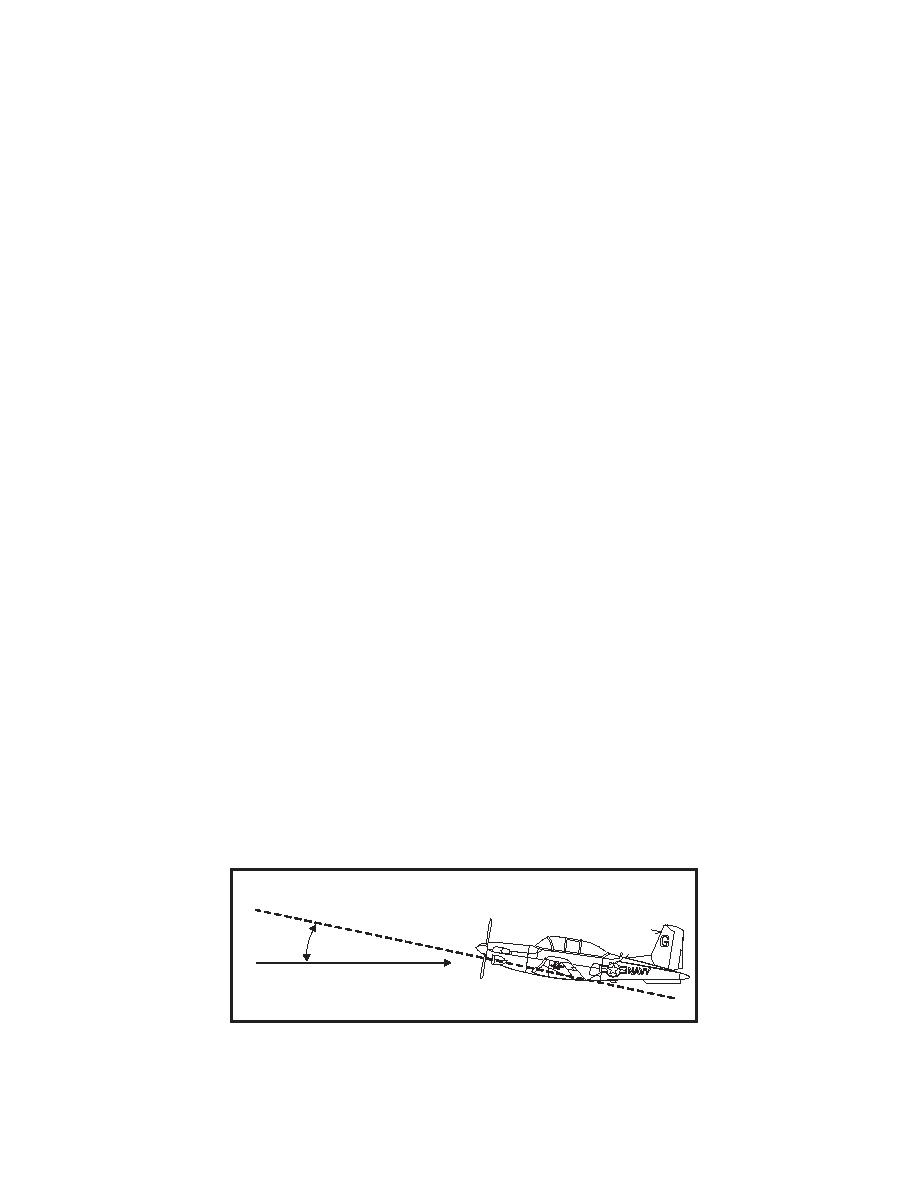 |
|||
|
|
|||
|
Page Title:
Chapter 2: Introduction to T-34C Aerodynamics |
|
||
| ||||||||||
|
|  CHAPTER TWO
INTRODUCTION TO T-34C AERODYNAMICS
200.
INTRODUCTION
Prior to your first flight in the T-34C, there are several fundamental topics that you should
review and understand if you are to obtain maximum benefit from your primary training. These
topics include not only basic aerodynamics, but also certain principles pertaining to safety of
flight. While more complex theories were covered in the classroom during Aviation
Indoctrination, the basics are considered to be of sufficient importance to repeat in broad terms at
this time. The discussions in this chapter provide student naval aviators with the basic factors of
flight before actually beginning to fly.
201.
THEORIES OF FLIGHT
1.
Lift And Thrust. Our discussion will include several basic laws of physics that help to
explain how an airplane flies. Sir Isaac Newton is credited with having observed in 1687, ". . .
for every action, there is an equal and opposite reaction . . ." This principle applies whenever
two objects act upon each other, such as the air and the propeller, or the air and the wing of the
airplane. In short, the statement about "action and reaction" tells us how lift and propulsion of
airplanes are produced.
The predominant method by which air exerts force on a solid body, such as an airplane's wing, is
through pressure. For our purposes, friction can be ignored. In the 1700's, Daniel Bernoulli (a
Swiss mathematician) discovered the venturi principle. He found that if the velocity of a fluid
(air) is increased at a particular point, the static pressure of the fluid (air) at that point is
decreased. The airplane's wing is designed to increase the velocity of the air flowing over the
top of the wing as it moves through the air. To do this, the top of the wing is curved, while the
bottom is relatively flat. The air flowing over the top travels a little farther (since it is curving)
than the air flowing along the flat bottom. This means the air on top must go faster. Hence, the
static pressure decreases, resulting in a lower static pressure (as Bernoulli stated) on top of the
wing and a relatively higher static pressure below. The pressure differential then pushes the
wing up towards the lower pressure area, i.e., LIFT. To increase the lift, the wing is tilted
upward in relation to the oncoming air (relative wind) to increase the deflection of air. Relative
wind during flight is the direction of the airflow in relation to the wing as it moves through the
air. The angle at which the wing meets the relative wind is called the angle of attack.
(Figure 2-1)
Aircra
ft Ref
erenc
a
e
Line
Relative Wind
Figure 2-1 Angle of Attack
INTRODUCTION TO T-34C AERODYNAMICS 2-1
|
|
Privacy Statement - Press Release - Copyright Information. - Contact Us |